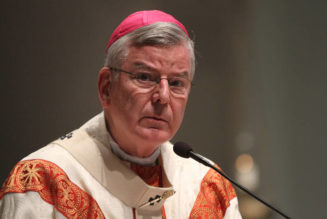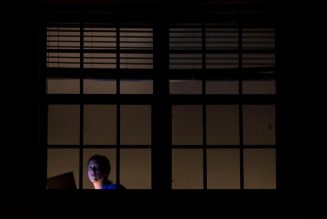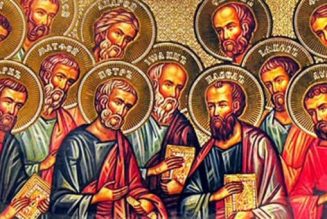‘Homesteading,’ whatever exactly it is, runs deep in the American psyche and history. Vast stretches of our nation were settled through it. A great number of our forebears—and here I do not mean only settlers or pioneers but people living for generations in one place—lived, worked, and passed on a holding that is rightly called a homestead.
Today homesteading is much talked of, and indeed we might even call it a movement. This, I think, is a very good and telling reality. Clearly, as a society we are realizing we have lost something we need to recover. The tricky thing is to discern just what it is we’ve lost and then how, and also why, to get it back. Here it’s easy to miss the forest for the trees; or perhaps rather, to miss a certain way of life for the field on which it was once lived, and might, just might, be lived again.
The best proximate reason to homestead is to save our families. I don’t use the word ‘save’ lightly. Yet the reality is that our family life is not just threatened, it’s on life-support or even hospice in many places where it hasn’t already perished. I have seen too much and spoken with too many people to doubt the seriousness of our situation. But there is always a way forward.
I do not imply that ‘homesteading’ is some sort of quick fix. Far from it. Rather, I suggest that homesteading—rediscovered and most often reconfigured—can be a serious step, indeed perhaps the crucial concrete step, toward healing our families and homelife. This will necessarily be a principled and intentional process. The reality is that for the vast majority of us there is no other plausible way to do it. Were there functioning rural communities to which to turn the situation would be very different.
In their great book Rural Roads to Security (1939), Msgr. Luigi Liguti and John Rawe, S.J. sounded an alarm and made a clarion call for a return to the land. Their concern for and focus on the family was central:
“The best way to restore the home is to provide for some family-centered production…” “In a discussion of family activity, this principle is paramount: that family unity and development are best attained when the activities of its members are centered in concerns directly connected with the preservation and welfare of the family group.” “Therefore, a family should ordinarily own land as well as the tools to work it.”
While much of what we see now was present eighty years ago in seed, there are significant differences. For starters, family life was broadly intact in its basic structures and practices, even if for many the center was falling out. There was also still widespread knowledge and practice of the arts of husbandry and wifery that especially characterize a homestead. Further, from an economic standpoint, there at least seemed a more obvious and plausible appeal for a return to full-time or part-time farming.
Today we stare in the face a host of issues from a dearth of skill, to a lack of time and inclination, to pressing financial challenges, to name just a few. So we need to rethink homesteading. We must ask hard questions about how it can be done today—in different ways by different people. What we do might have to look notably different from what we picture when hear the word ‘homestead.’ The answer might be to go out and acquire some acreage; the answer might be to stay put and do something different where we are.
We can all reconsider how our homes, wherever we are today, can be more of a homestead. This is not about chickens or cucumbers, though they might well be involved. It’s not most about the environment or even having good food. It’s about people, and their profound, complex needs. It’s about human flourishing in its fulness.
“The more active a family is, the better it fulfills its nature and thrives; on the contrary if it is not active, it dies. More importantly still, if the family is not active cooperatively, each member performing the duties assigned to it by reason, its well-being is imperiled.” (Laguti and Rawe)
What does ‘reason’ assign to us? While it might not universally assign specific projects to particular people in the home, it does indicate a natural need for meaningful, shared work. And meaningful, shared work must take concrete form. Without such work, a household, a family cannot thrive.
It’s about our families–and so everything else we hold dear. This is why we must look again, all of us, at how our home can a be a homestead of sorts. Our homesteading must be a twenty-first century version. Yet it also must have certain features that arise from deep within human nature—and often from deep within the soil from which we live. I know I have here only opened the can of worms. But open the can we must; start the discussion we must. May the worms we let out show us more than we expected. ~ ~ ~
Our FIRST PODCAST EPISODE asks “Is HOMESTEADING for EVERYONE?” Herein Sofia and I make the distinctions that help answer this question, and also go to the very root of homelife itself! LISTEN HERE.
WE ARE THRILLED TO LAUNCH OUR NEW PODCAST The Intentional Household with this especially urgent issue: homesteading. We will be regularly releasing podcasts to give in-depth consideration to the pressing issues of life in our homes today! Our podcasts are available on all major platforms.
Husband, father, and professor of Philosophy. LifeCraft springs from one conviction: there is an ancient wisdom about how to live the good life in our homes, with our families; and it is worth our time to hearken to it. Let’s rediscover it together. Learn more.








